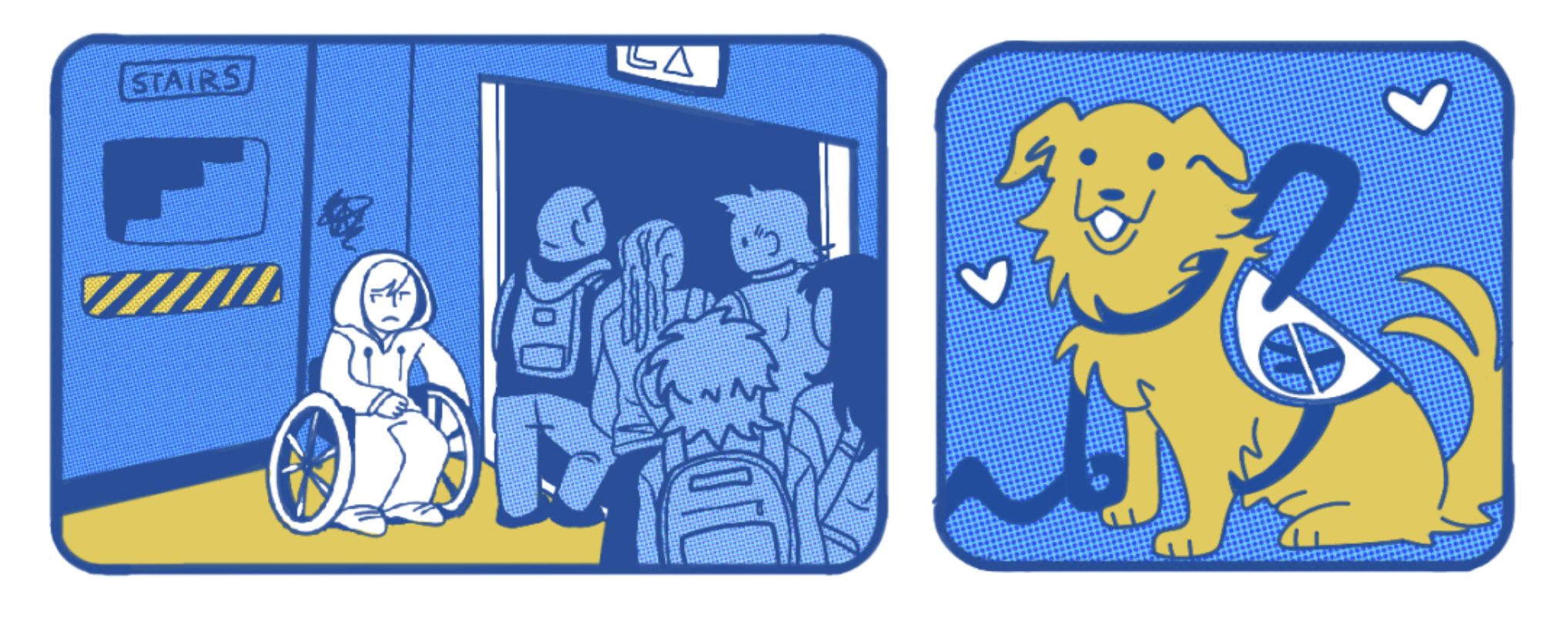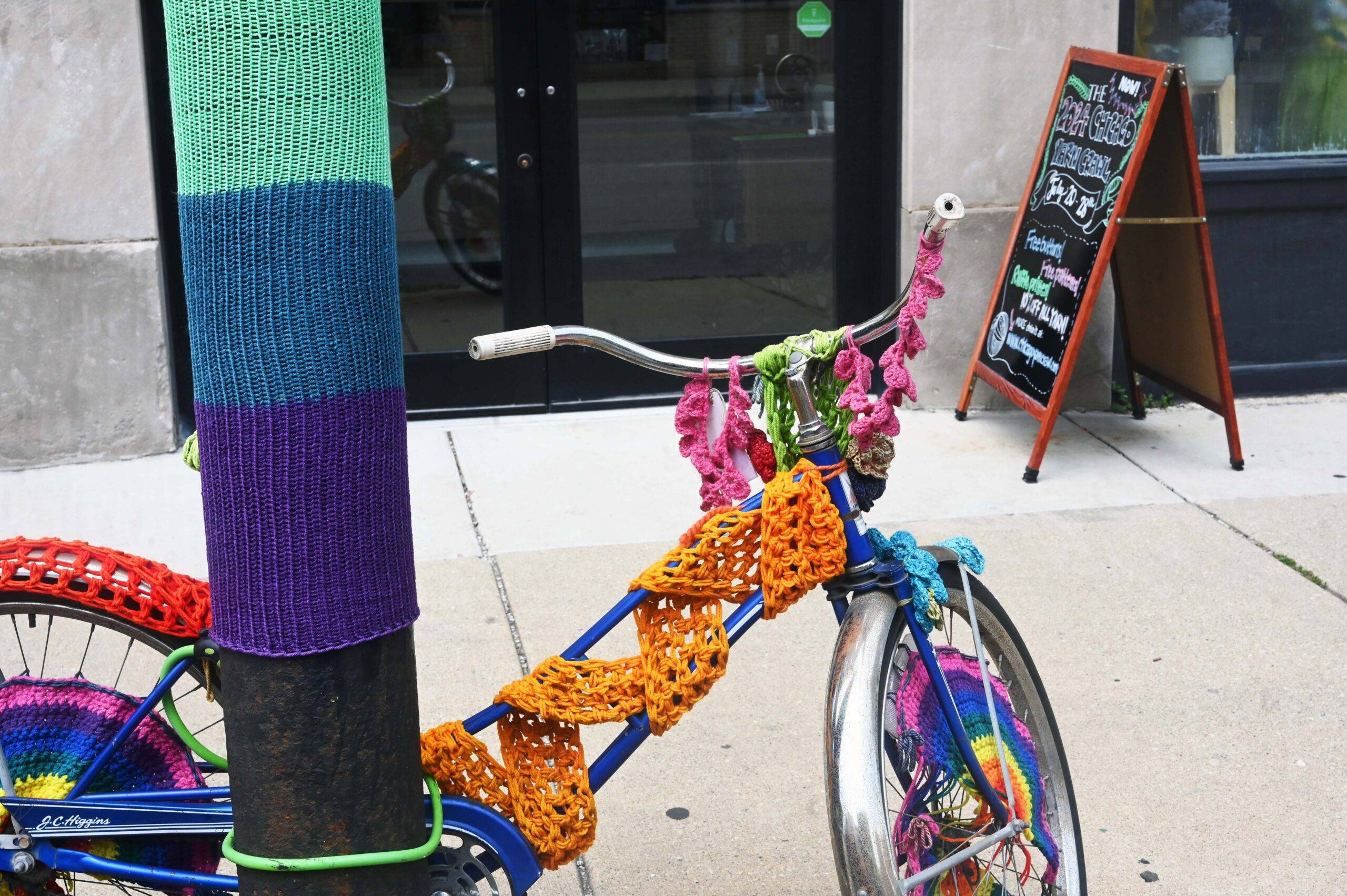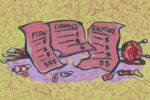Sherrie Levine at the Arts Club of Chicago
Artist Sherrie Levine said of her work to the Journal of Contemporary Art: “I am interested in making a work that has as much aura as its reference. For me the tension between the reference and the new work doesn’t really exist unless the new work has an artistic presence of its own. Otherwise, it just becomes a copy, which is not that interesting.” Abstraction, on view at the Arts Club of Chicago, explores this tension through a collection of Levine’s works based on paintings by Georgia O’Keefe and photographs by Alfred Stieglitz.
Levine has gained notoriety for what has been christened “appropriation art,” art that heavily incorporates existing imagery from outside sources, re-contextualizing it and giving it new meaning. Since the late 1970s, she has referenced myriad artists, including Walker Evans, Marcel Duchamp, Egon Schiele, and Claude Monet; both in two and three-dimensional media. Often Levine does little more than photograph the original artwork, simply placing her name on the reproduction. Abstraction
In contrast to much of her oeuvre, the work in Abstraction provides a less-than-apparent connection to O’Keefe and Stieglitz. However, the association promises to become more evident when the show opens at the Georgia O’Keefe Museum in Santa Fe in January. This referent ambiguity marks a displacement from Levine’s typical appropriation work and posits this collection closer to her abstract work of the ‘80s that provided poignant commentary on postmodern art production.
Abstraction incorporates work of varying media, touching on Levine’s varied interests. Two series of paintings, comprising the greatest number of works in the exhibit, are sheets of crude plywood with painted knots: six large works using pink acrylic paint, and twelve smaller works with pale-green knots. These are allusions to O’Keefe’s large oeuvre of flower paintings.
Another series using O’Keefe’s imagery consists of a dozen polished bronze antelope skull sculptures. These objects better connect Levine’s work to O’Keefe’s than do the plywood paintings, and provide a more lucid association with the themes that Levine has most ardently explored throughout her career. The remaining series in the exhibit is dedicated to Stieglitz, and reduces eighteen of his “Equivalents” to pixilated grids defining the tonal ranges of the originals.
It has been more than 20 years since Levine began her appropriation work, and the pieces in Abstraction fail to offer new commentary on the issues of originality and art-as-commodity that made the initial projects so provocative. The works actually offer more insight to art production on their own, apart from the O’Keefe and Stieglitz references upon which they are constructed. Furthermore, it seems as if Levine’s appropriation work long ago reached its zenith and now has become somewhat tired and uninteresting. Abstraction fails to add to the discourse Levine’s work initialized, and also fails to provide any new or stimulating artistic commentary. What is of greatest interest in Abstraction is the desire to locate the originals within the works, which is nearly impossible to do in most of the collection.
Abstraction will remain on view at the Arts Club of Chicago through December 15, after which it will move to Santa Fe. Perhaps in the context of the O’Keefe Museum the works will be more successful in providing provocative insight into the nature of art production and borrowed imagery.




















